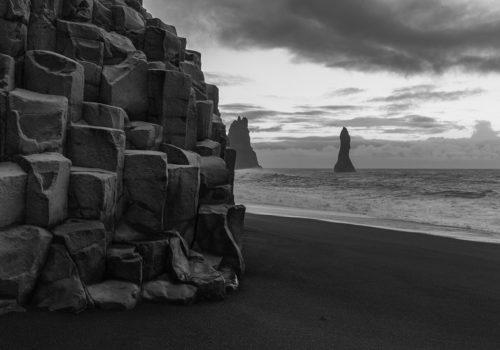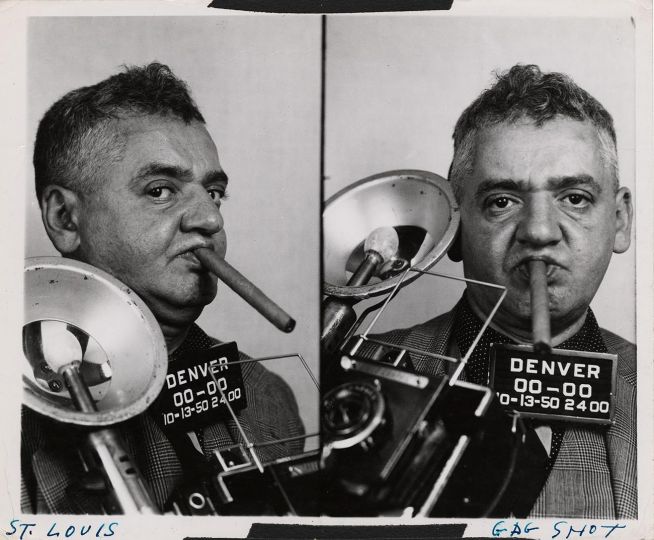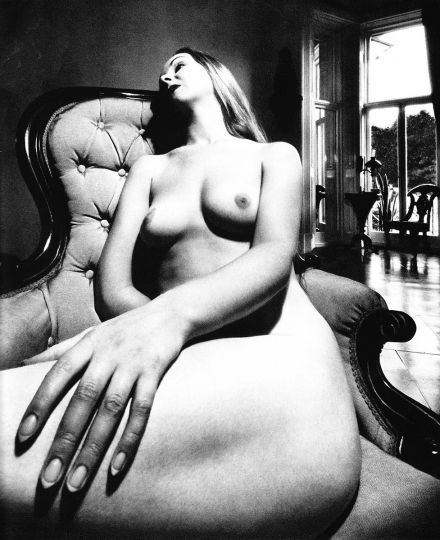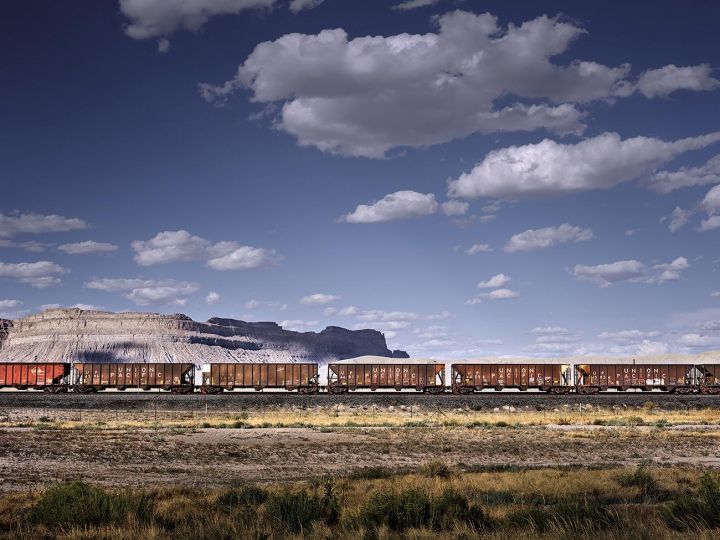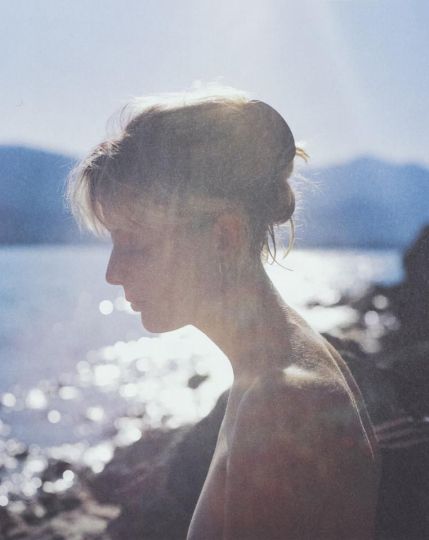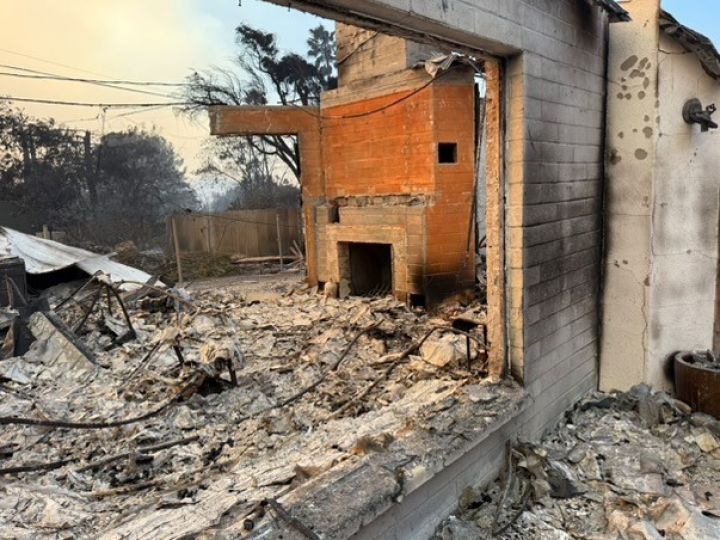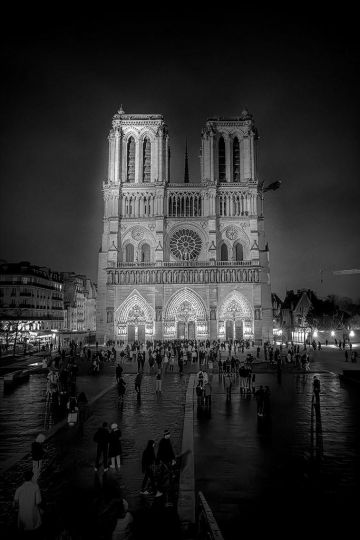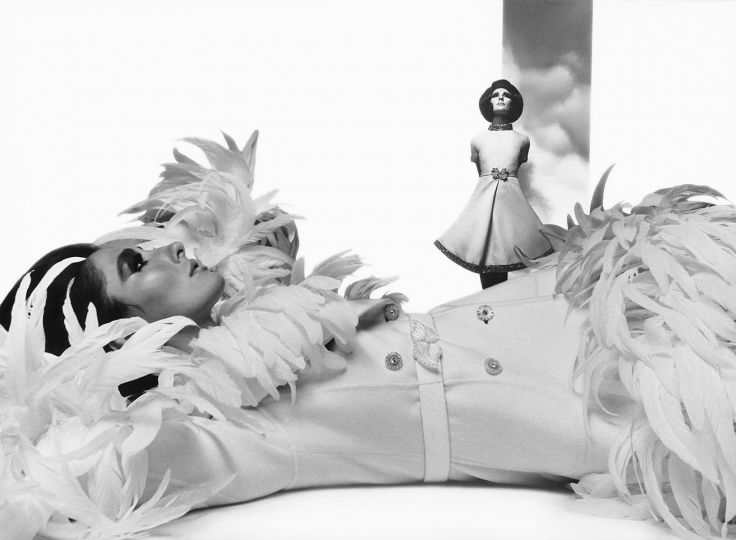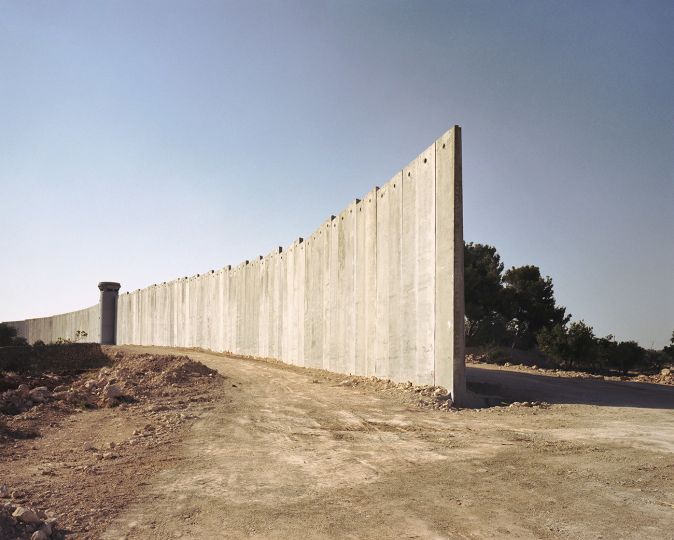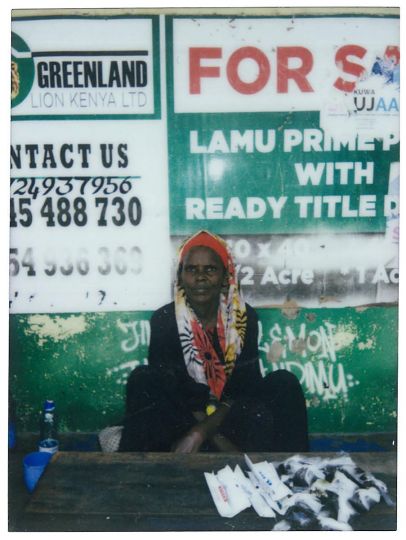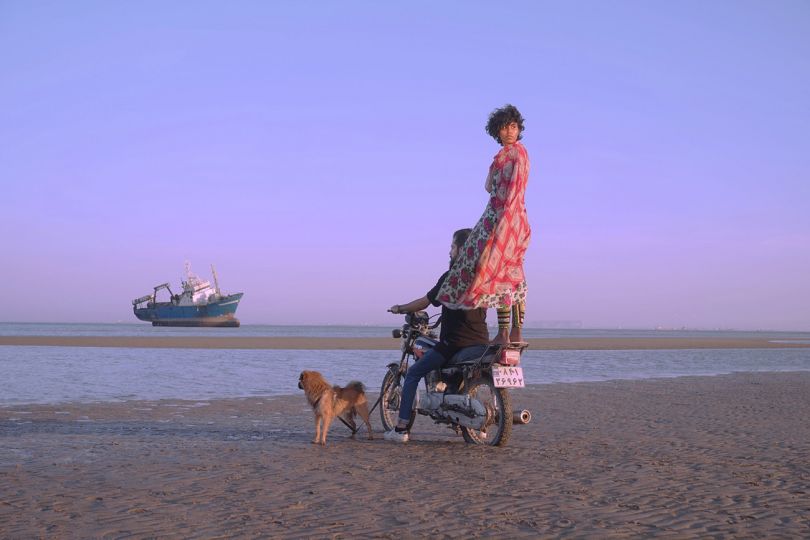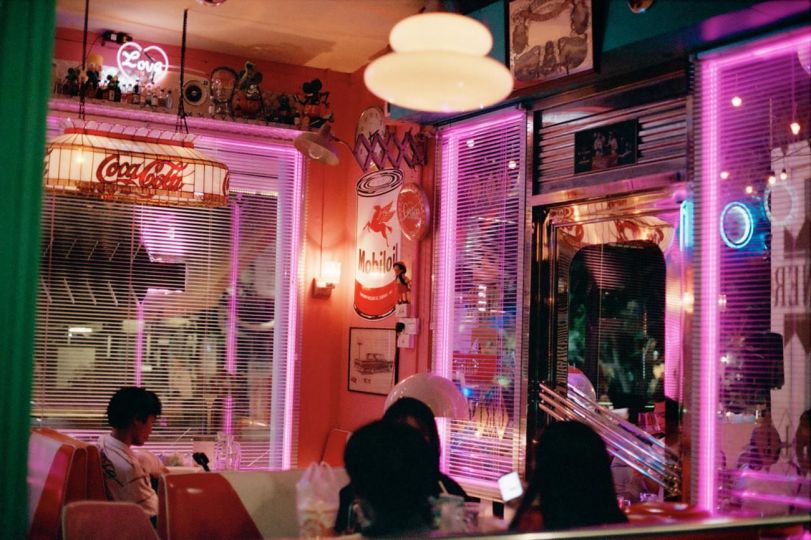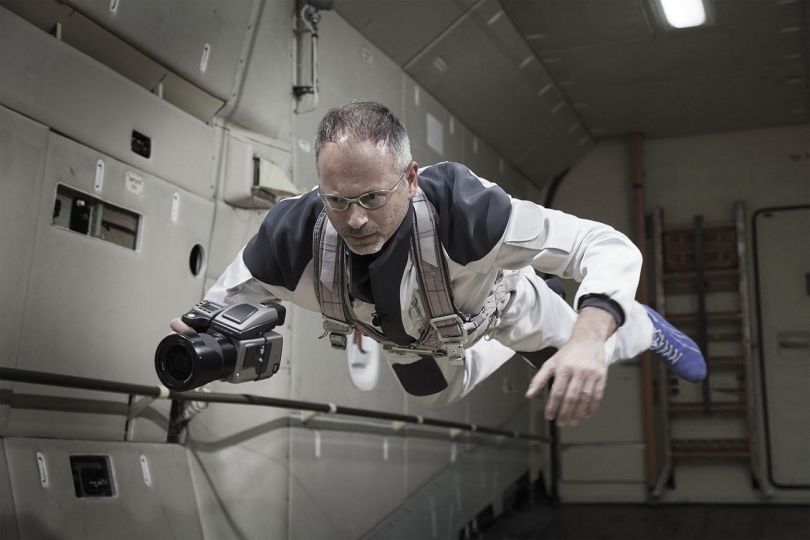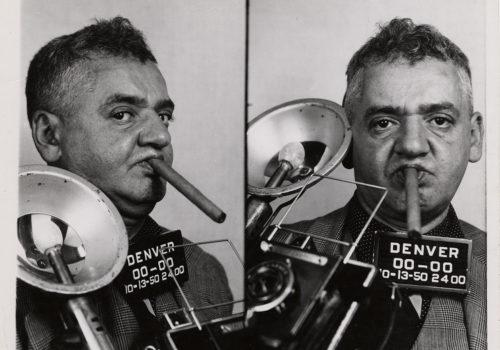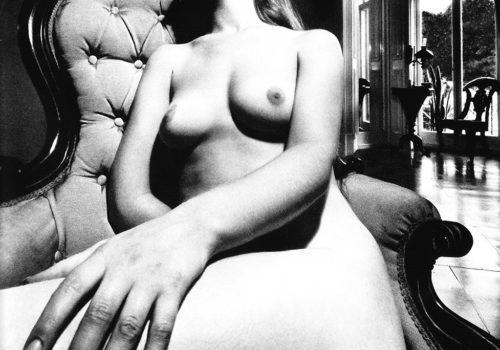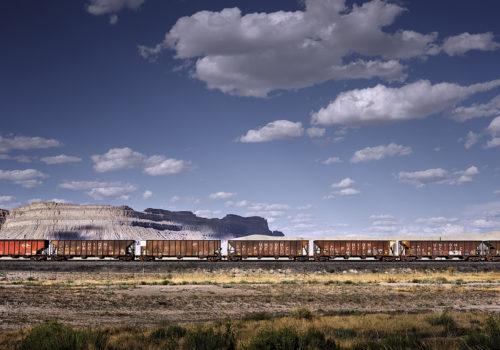James Hamilton Young is a fine art photographer based in Syracuse, New York. His photographs often combine the geographical and the spiritual, embodying an aesthetic reminiscent of the Hudson River School painters. Young’s photographs have been presented in fifteen exhibitions. His work is in both museums and private collections including the Milwaukee Art Museum, The Rochester Institute of Technology, Morgan Finnegan, NY, and Fidelity Investments.
He restores and shoots with a variety of antique panoramic film cameras, some dating back to about 1900, and has become a global expert on using and maintaining them. These cameras can capture up to 360 degrees, creating narrative images that allow viewers to enter other spaces imaginatively. In a time of climate change and climate grief, his landscape photographic images offer a sense of redemption, reminding observers that the natural world is continuously being renewed. He also enjoys using traditional-format antique cameras and modern digital cameras when they best fit his creative vision.
Weblink Here: https://www.jamieyoungphoto.com
Instagram: @jamieyoungphoto
Lanza : How did you come to work with antique film cameras and build and maintain your collection?
Young : I’ve always been drawn to the highly detailed large format landscape photography created by people like Ansel Adams, Wynn Bullock, Imogen Cunningham, and Eliot Porter. The emotionally powerful spiritual work of the Hudson River School painters has also been a big influence for me aesthetically and personally. I started working with the rotating antique panoramic cameras because their unlimited field of view allowed me to capture the world the way I was seeing it, without the limitations of the narrow field of view of a regular camera. I collected the different sizes because each size has its own advantages and limitations, and I wanted to explore that.
Lanza : What are the capabilities of these vintage cameras and the challenges?
Young : The older “cirkut” rotating cameras and “Al Vista” swing lens cameras were intended to shoot negatives for contact printing, and the prints they produce have an amazing amount of detail. The cameras create negatives from 5 inches by 12 inches, up to 16 inches by 20 feet. the unique aspect of the cameras is their field of view, which ranges from 140 degrees to over 360 degrees, allowing the photographer to capture a much broader image and giving the viewer a wider, more deeply contextualized understanding of the place being photographed. The detail and tonality in the contact prints is extraordinary, and the large negatives allow me to choose from a variety of different historical print processes, as well as more modern silver gelatin prints.
I also am shooting color film in Swiss-made “Roundshot” rotating panoramic 35mm and 70mm cameras, which give me access to places I can’t get to with the very heavy older cameras, and which let me experiment more with my subjects.
Lanza : Discuss your landscape photographic work?
Young : One strand of it relates to climate change. We’re already beginning to experience irrevocable changes in the natural environment, and most of us feel helpless to do anything about it. Climate grief is the term that’s been coined to describe this overwhelming sense of despair, which affects us all in different ways. One antidote to this despair is the natural world itself. The ephemeral quality of light, the power of the water and wind, offer a sense of spiritual redemption and renewal even in this turbulent time. Another strand of it relates to the visceral responses that landscapes induce in viewers—a sense of calm, a slowing of time, a chance to breathe. We all need that in our lives.
Lanza : What are you working on presently?
Young : I am working on a few different projects at the moment, as I experiment with the capabilities of some of the antique cameras I’m restoring. I’m playing with primitive 120-plus-year-old box cameras, shooting pictorialism images at the local state parks, and making alt process prints from the negatives.
I’ve been traveling to Iceland frequently and am shooting a few different series with a digital camera, both in B&W and in color. Those series explore the natural landscape and also examine the effects of tourism on the country. I also use my color panoramic camera on my trips there.
Text and interview by Patricia Lanza

